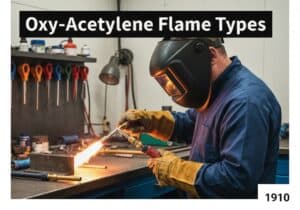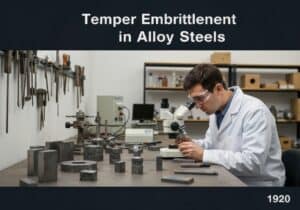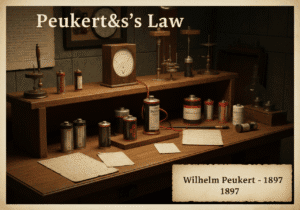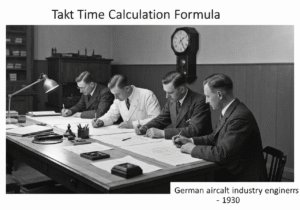Alloys are classified based on atomic arrangement. In substitutional alloys, atoms of the solute element replace atoms of the solvent in the crystal lattice, common when atomic sizes are similar. In interstitial alloys, smaller solute atoms, like carbon in iron, fit into the spaces (interstices) between the larger solvent atoms. This structural difference fundamentally dictates the alloy’s mechanical properties.
Atomic Arrangement in Alloys
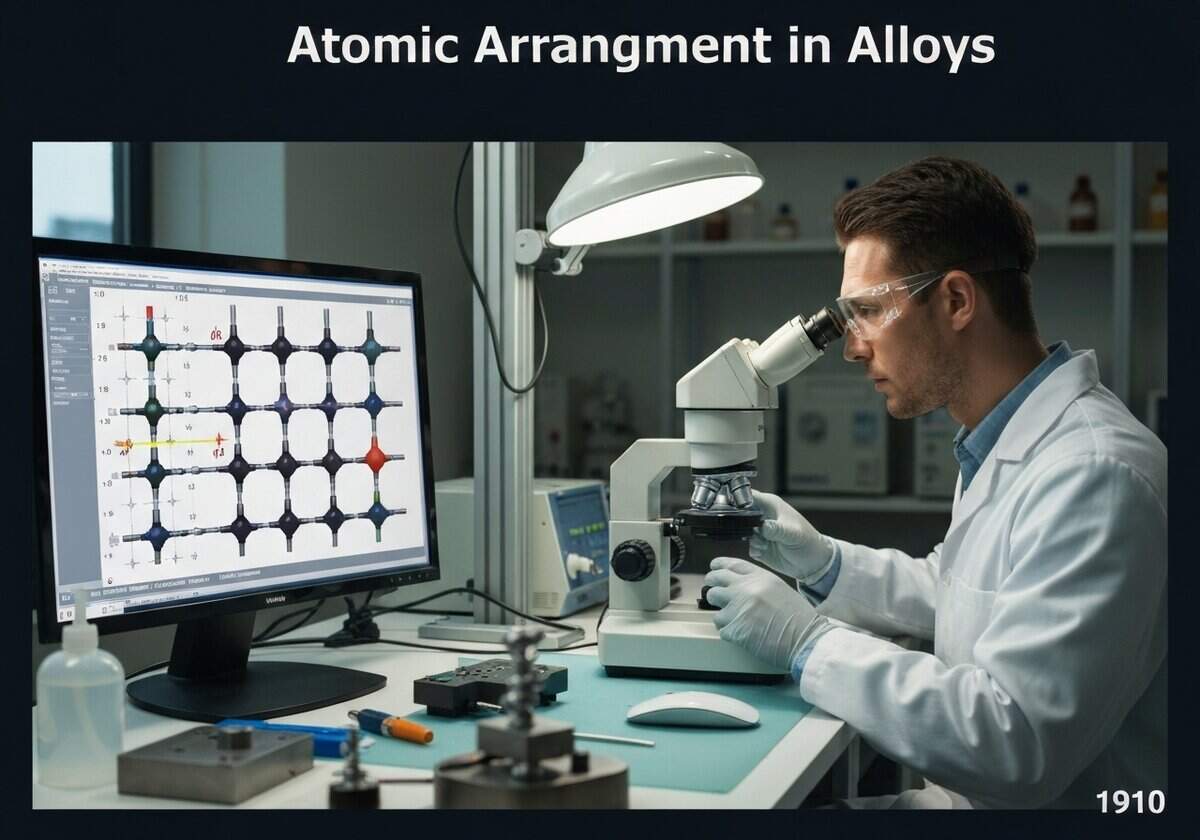
The distinction between substitutional and interstitial solid solutions is fundamental to physical metallurgy and alloy design. The type of solid solution that forms is primarily governed by the relative sizes of the solute and solvent atoms. Substitutional alloys typically form when the atomic radii of the two elements are within about 15% of each other, a guideline known as the Hume-Rothery size-factor rule. When a solute atom replaces a solvent atom, it introduces localized lattice strain, which impedes dislocation motion and thus increases the material’s strength and hardness, but often reduces its ductility. Examples include brass (zinc in copper) and bronze (tin in copper).
Interstitial alloys, on the other hand, form when the solute atoms are significantly smaller than the solvent atoms, allowing them to occupy the interstitial sites within the crystal lattice without displacing a solvent atom. Common interstitial atoms are hydrogen, boron, carbon, and nitrogen. The presence of these atoms causes significant lattice distortion, which provides a very effective mechanism for blocking dislocation movement, leading to a substantial increase in hardness and strength. The most prominent example is steel, where carbon atoms occupy interstitial sites in the iron lattice. The amount of carbon and its location, which can be controlled by heat treatment, determines the final properties of the steel, from ductile low-carbon steel to hard, brittle high-carbon steel.
النوع
الاضطراب
الاستخدام
السلائف
- John Dalton’s atomic theory
- discovery of crystal structures through x-ray diffraction by William Henry Bragg and William Lawrence Bragg
- basic concepts of chemical mixtures and solutions
- early metallographic studies of metal microstructures
التطبيقات
- design of high-strength steels (interstitial carbon in iron)
- creation of corrosion-resistant brass (substitutional zinc in copper)
- development of sterling silver for durability (substitutional copper in silver)
- formulation of nichrome heating elements (substitutional nickel and chromium)
براءات الاختراع:
أفكار ابتكارات محتملة
!!مستويات !!! العضوية مطلوبة
يجب أن تكون عضوًا !!! مستويات!!! للوصول إلى هذا المحتوى.
متاح للتحديات الجديدة
مهندس ميكانيكي، مشروع، هندسة العمليات أو مدير البحث والتطوير
متاح لتحدي جديد في غضون مهلة قصيرة.
تواصل معي على LinkedIn
تكامل الإلكترونيات المعدنية والبلاستيكية، التصميم مقابل التكلفة، ممارسات التصنيع الجيدة (GMP)، بيئة العمل، الأجهزة والمواد الاستهلاكية متوسطة إلى عالية الحجم، التصنيع المرن، الصناعات الخاضعة للتنظيم، شهادات CE وFDA، التصميم بمساعدة الحاسوب (CAD)، Solidworks، الحزام الأسود من Lean Sigma، شهادة ISO 13485 الطبية
احصل على جميع المقالات الجديدة
مجاني، لا يوجد بريد عشوائي، ولا يتم توزيع البريد الإلكتروني ولا إعادة بيعه
أو يمكنك الحصول على عضويتك الكاملة -مجانًا- للوصول إلى جميع المحتويات المحظورة >هنا<
السياق التاريخي
Atomic Arrangement in Alloys
(إذا كان التاريخ غير معروف أو غير ذي صلة، على سبيل المثال "ميكانيكا الموائع"، يتم تقديم تقدير تقريبي لظهوره الملحوظ)
الاختراع والابتكار والمبادئ التقنية ذات الصلة


